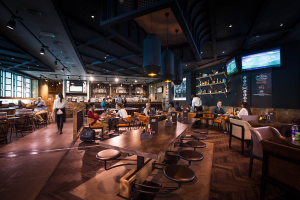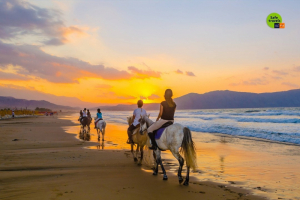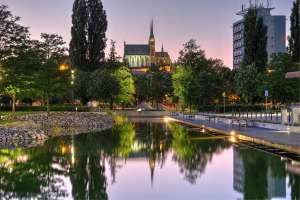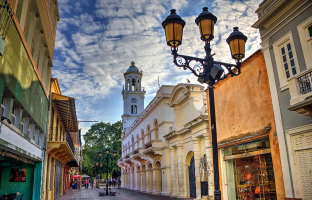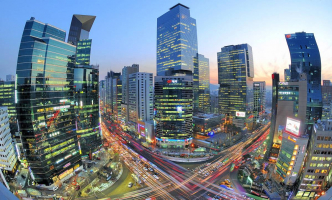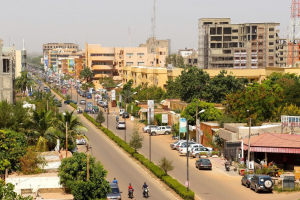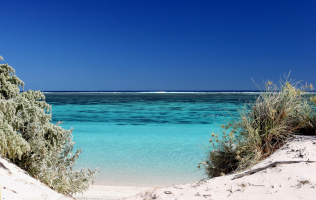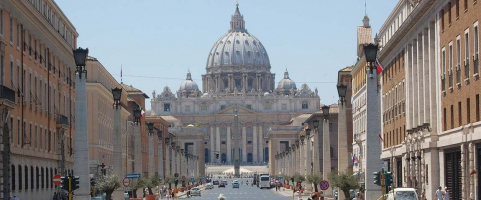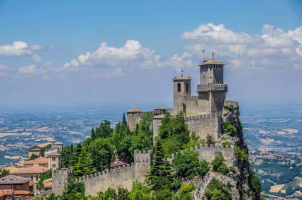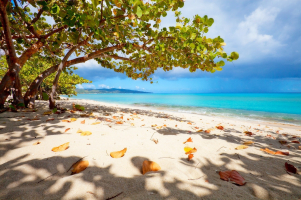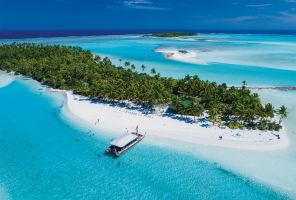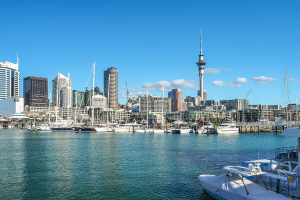Top 10 Things about The Netherlands You Should Know
If you're moving to the Netherlands, be prepared for a real Dutch surprise. The country is much more than clogs and windmills (although there is still a lot of ... read more...clogs and windmills). This is one of Europe's most unusual countries, populated by tall, robust, straight-spoken people who have an odd obsession with the color orange. From dikes and bikes to hagelslag, let us guide you through the highlights of Dutch culture. Here are some Things about the Netherlands You Should Know before traveling tho this country. Enjoy!
-
The Dutch have beaten the Swedes and the Danes to the top rank in Europe for speaking the finest English (as a second language). The English language is, in fact, spoken by the vast majority of the Dutch population, with estimates of English competency ranging from 90% to 93 percent. The tiny size of the country, its reliance on international trade, and the usage of subtitles for other languages on television rather than audio dubbing all contribute to the high level of English fluency. Dutch children must begin learning English in primary school at the age of ten. Furthermore, an increasing number of Dutch schools, at all levels of education, have chosen English as a teaching language.
Don't be shy about seeking directions, making recommendations, or simply conversing in English. Almost everyone in the area, especially in Amsterdam, speaks some English and is eager to practice and demonstrate their abilities.
Learning a few important phrases like Dankjewel (thank you) and Goedemorgen (good morning) is always a good idea and will help you connect with locals. Furthermore, a surprising amount of Dutch comes directly from English, so you may already know more than you think. This is one of the top Things about The Netherlands You Should Know.

https://spoudazo.online/ 
https://www.study.ru/ -
Booking ahead of time might save you time and money, especially if you visit Amsterdam during high season (between June and August). During the summer, hostels in the city center are frequently fully booked, and some attractions can have long lines if you don't reserve ahead of time.
If you intend to visit the Anne Frank House, make sure to purchase a ticket online before going. Keep in mind that each day only a limited quantity of tickets are available. Prepare to wait hours in a line that usually wraps around the block if you don't buy online.
When it comes to major museums, the Amsterdam City Card is the best alternative. Most of the city's cultural attractions, including the Van Gogh Museum and the Rijksmuseum, are free to enter. It also comes with unrestricted public transportation use for the duration of your card. This is one of the top Things about The Netherlands You Should Know.
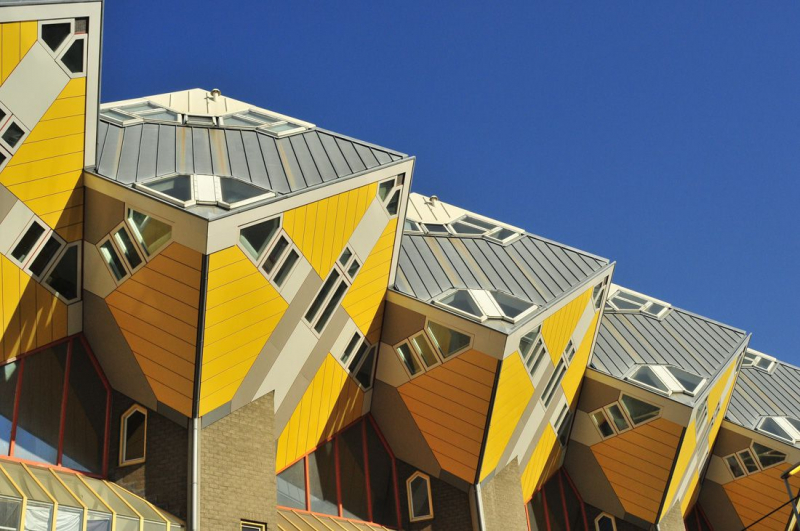
https://www.budgetyourtrip.com 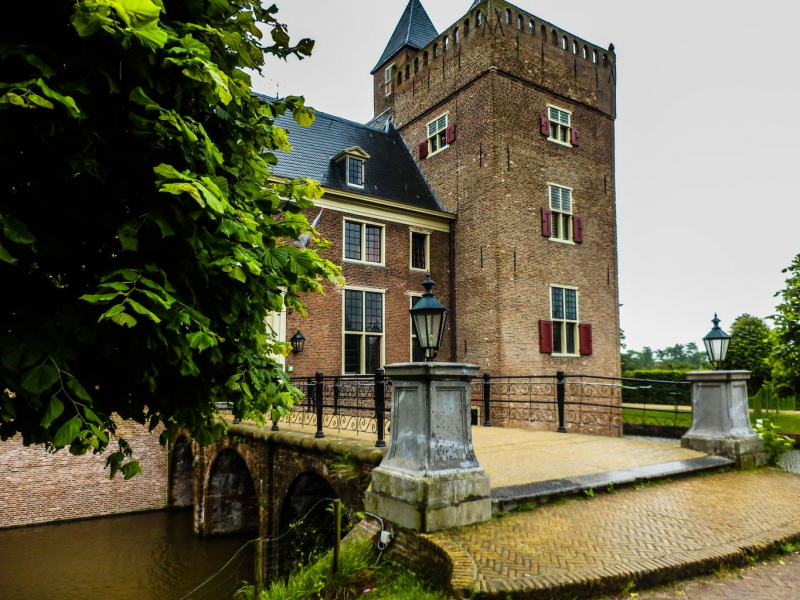
https://travel.geek.nz/ -
Cannabis is legal (with some limits) in The Netherlands, and many travelers flock to Amsterdam only to experience some of the local, uh, specialties. Keep in mind that cannabis is prohibited in the Netherlands unless it is purchased and used on-site at a coffee shop.
Also, don't assume that all cities follow Amsterdam's policies. Some towns, particularly those close the German and Belgian borders, have enacted legislation prohibiting non-residents of the Netherlands from purchasing cannabis at their coffee shops. It's probable that similar policies will be implemented across the country soon.
If all you want is a cup of coffee and a slice of banana bread, stay away from the coffee shops; those brownies aren't the type you're searching for. Instead, seek out a cafe to satisfy your hot chocolate craving.
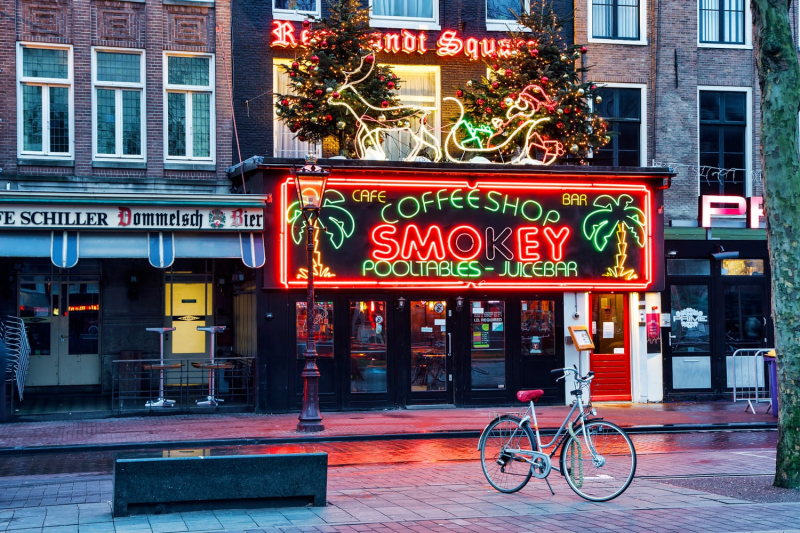
https://www.roadaffair.com/ 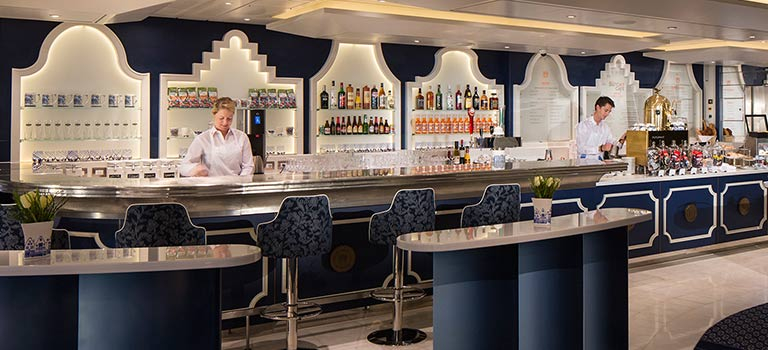
https://www.cruisebe.com/ -
If you plan on renting a bike during your stay - one of the greatest ways to see the sights – make sure you leave the rental shop with a robust lock.
Bikes typically come with a fixed lock that wraps around the wheel, as well as a separate lock that can be used to fasten the frame to a pole or bike rack - making the bike twice as difficult to steal will prevent burglars looking for quick cash. On that point, if you hear "pssst, want to buy a bike?" while walking down the street, dismiss the low price — the guilt of knowing you're going around on a stolen bike isn't worth it.
On that point, if you hear "pssst, want to buy a bike?" while walking down the street, dismiss the low price — the guilt of knowing you're going around on a stolen bike isn't worth it. This is one of the top Things about The Netherlands You Should Know.
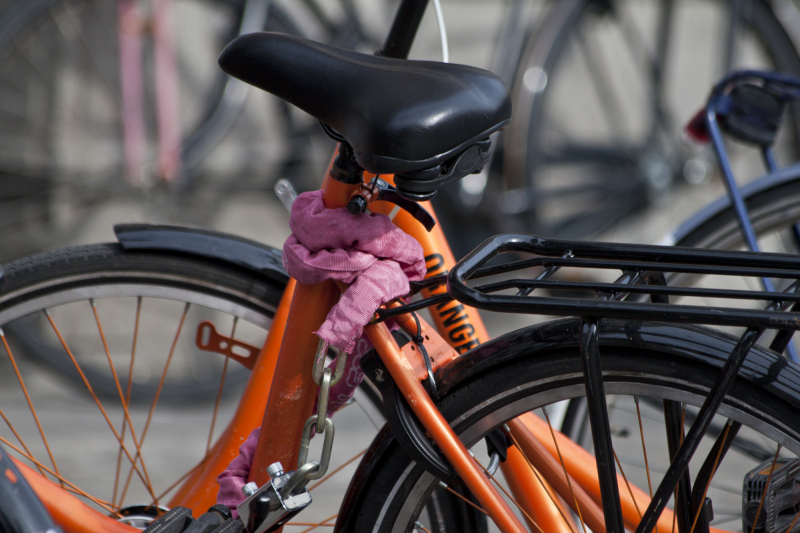
https://www.bikingamsterdam.com/ 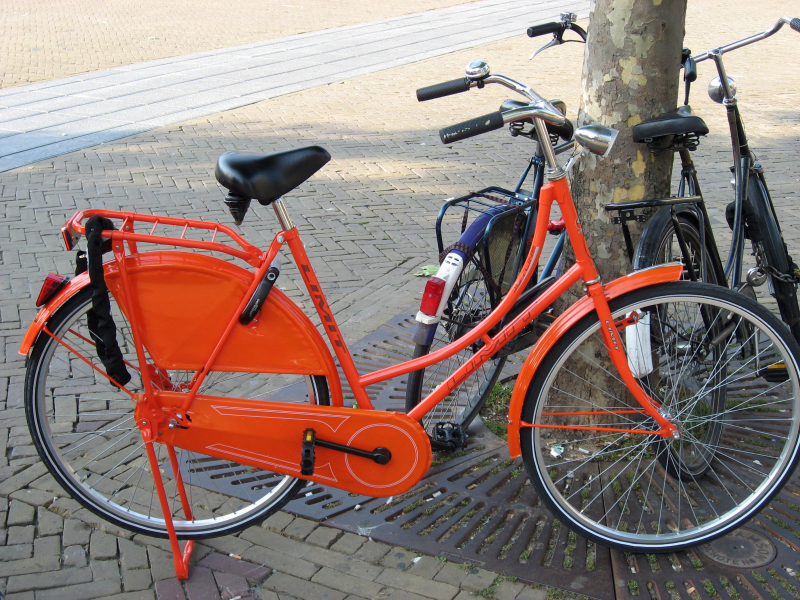
https://myamsterdambike.com -
As soon as the sun sets, the region is bathed in red lights, and the streets come alive. Visit the district at night to see it in all its grandeur.
It's much quieter throughout the day. Without the lit neon lights and busy environment, it's easier to tell that this is a real neighborhood where regular people live and work. It's one of the city's oldest neighborhoods, with picturesque canals, historic churches, and classic Dutch architecture (which is why there is a proposal to move the Red Light District out of the center and into a new "erotic center" elsewhere in the city).
Note:
- Consider this your warning, drunken backpackers. Not only is it impolite to approach the women in the windows like zoo animals, but photographing their occupation will very certainly end in your phone drowning.
- If any of the girls see you trying to sneak a photo, they'll probably come out from behind their window, grab your phone, and drown it in the neighboring canal to teach you a lesson.
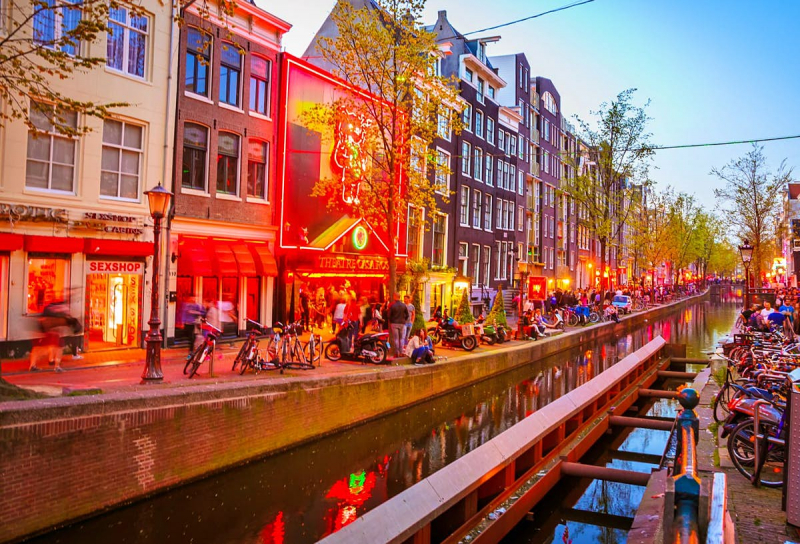
https://www.lonelyplanet.com/ 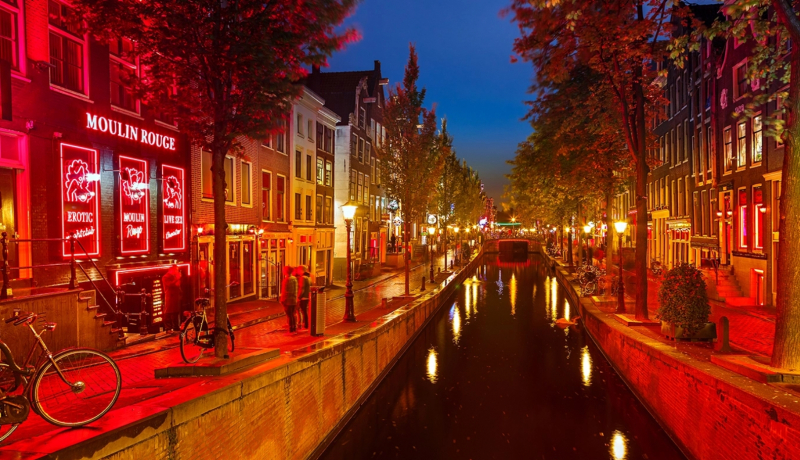
https://www.holland.com - Consider this your warning, drunken backpackers. Not only is it impolite to approach the women in the windows like zoo animals, but photographing their occupation will very certainly end in your phone drowning.
-
Make no mistake, Amsterdam rains a lot, so bringing an umbrella is a good idea. Summer, from June through August, is the driest period of year, but it is also when the city is most packed with tourists. Spring – May is great – and fall, around mid-September, are the finest times to come since the tourist crowds are reduced, the days can have crystal-clear light, and accommodation prices are generally decreased. Winter in Amsterdam has its own attractions, with the murky light that hangs over the canals providing a sense of mystery, although it can get rather cold when the north wind blows.
Travelers arrange only enough time in their Netherlands itinerary to visit Amsterdam. But, beyond this well-deservedly famous metropolis, there are a number of other cities, many of which are less than an hour's drive from the capital, that are brimming with classic Dutch charm.
Take a break from the tourist trap that is the 'Dam and visit Haarlem, Utrecht, Maastricht, or Den Bosch, to mention a few. You'll discover The Netherlands beyond its preconceptions in these lesser-known locations.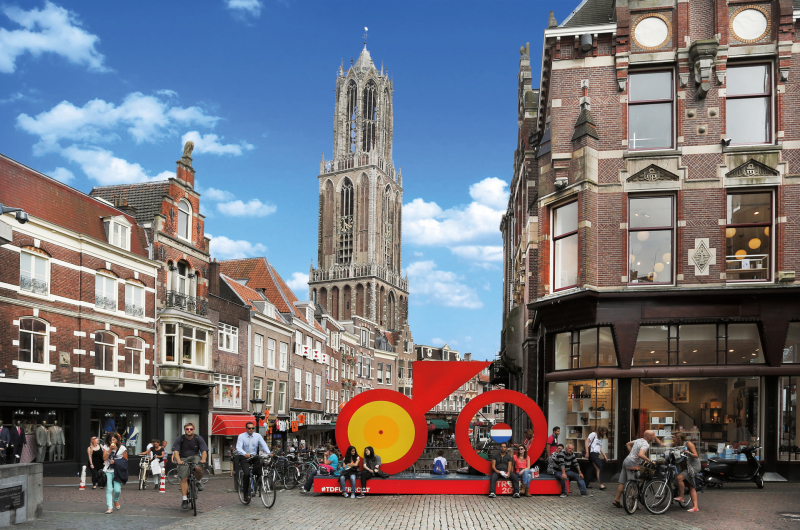
https://erasmusu.com 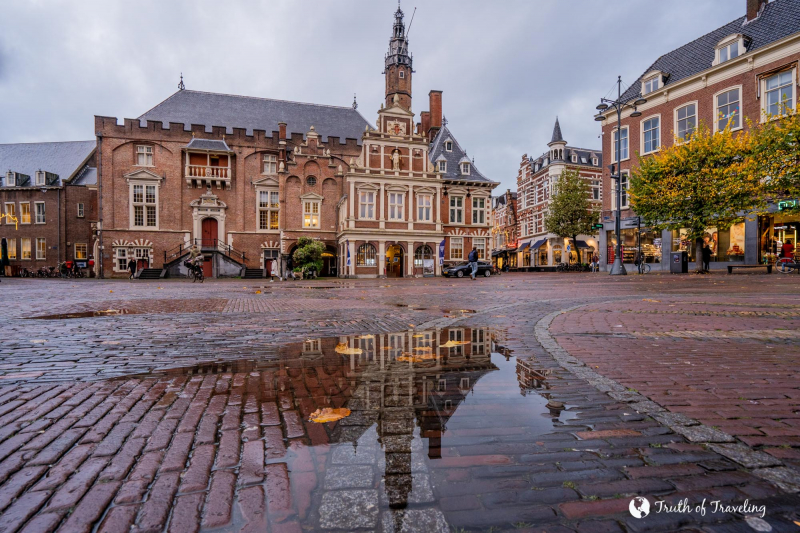
https://truthoftraveling.com/ -
Almost all of Amsterdam's major attractions are concentrated in the city center, a compact area that can be traversed in about 20 minutes. However, Amsterdam has an excellent public transportation system, with a dense network of trams and buses connecting every part of the city.
A minor metro system connects the north and south of the city. A single fare on any portion of the system costs €3.20, however there are cheaper choices, such as an unlimited travel ticket for €8, €13.50 for two days, or €19 for three days. This does not, however, cover the cost of a 20-minute train ride from Amsterdam Schiphol airport to Centraal Station (€4.50 each way).
Another option is to rent a bike — Amsterdam is extremely flat, there are many cycling lanes, and there are many cycle hire businesses with prices starting at around €14 per day for the most basic type of bicycle.
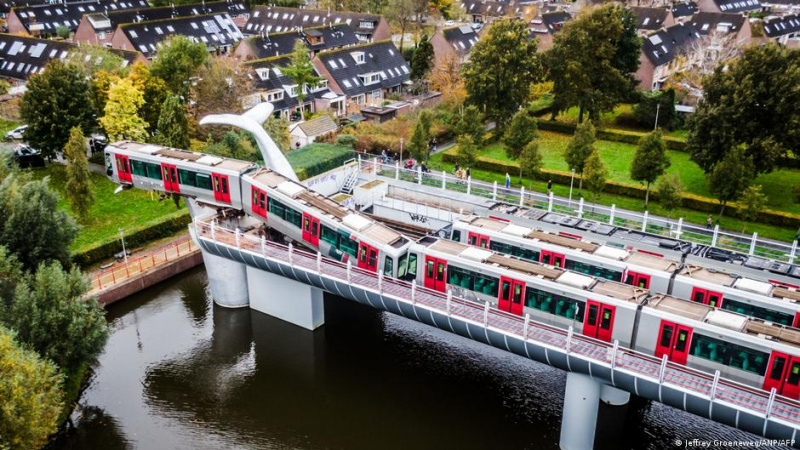
https://www.dw.com/ 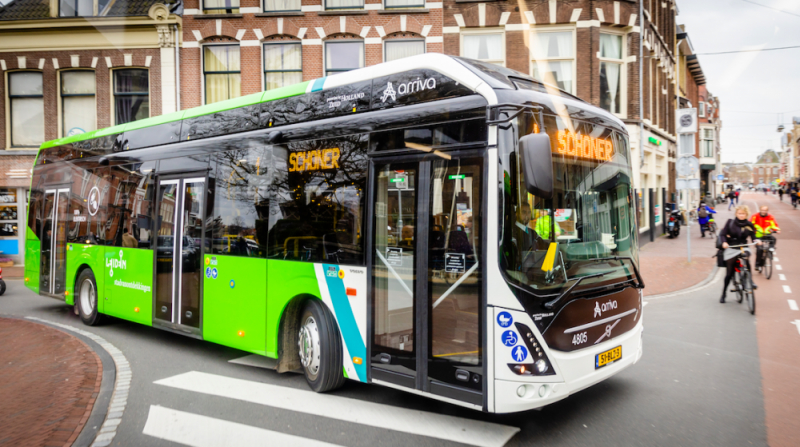
https://www.sustainable-bus.com -
"Orange is the happiest color," according to Frank Sinatra. If that's the case, you'll be in heaven in the Netherlands, where the Dutch adore the color orange. It all began when William of Orange ascended to the kingdom in the 17th century, and everyone realized what a great, jazzy color orange was.
Today, the Dutch simply need the tiniest excuse to turn their entire country into a brilliant orange explosion. International sporting events (particularly football matches) and Koningsdag, the annual holiday commemorating the king's birthday, are popular times for oranje to emerge.
They are all affected by oranjekoorts ('orange fever,' as you surely already know). We'd all be eating purple and yellow carrots if it weren't for oranjekoorts. In the 17th century, the Dutch improved the orange carrot by adding more beta carotene (a natural orange colour), and then grew so many that everyone forgot about the previous varieties.
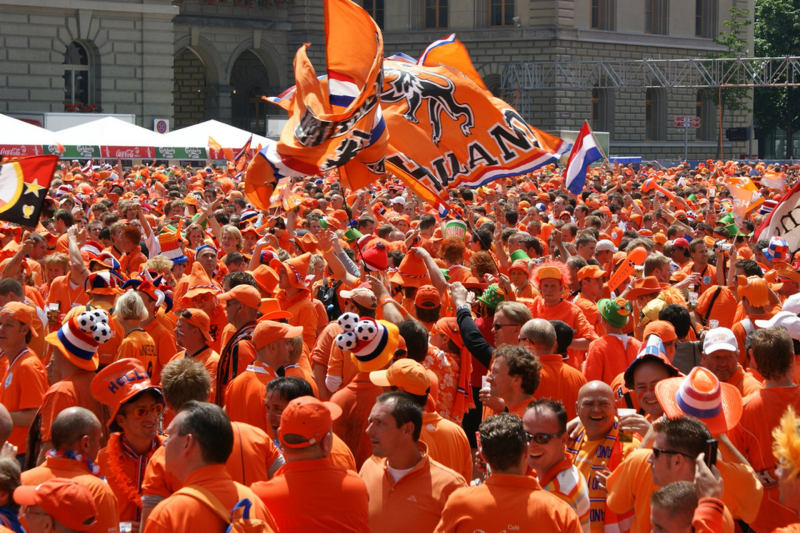
https://rove.me/ 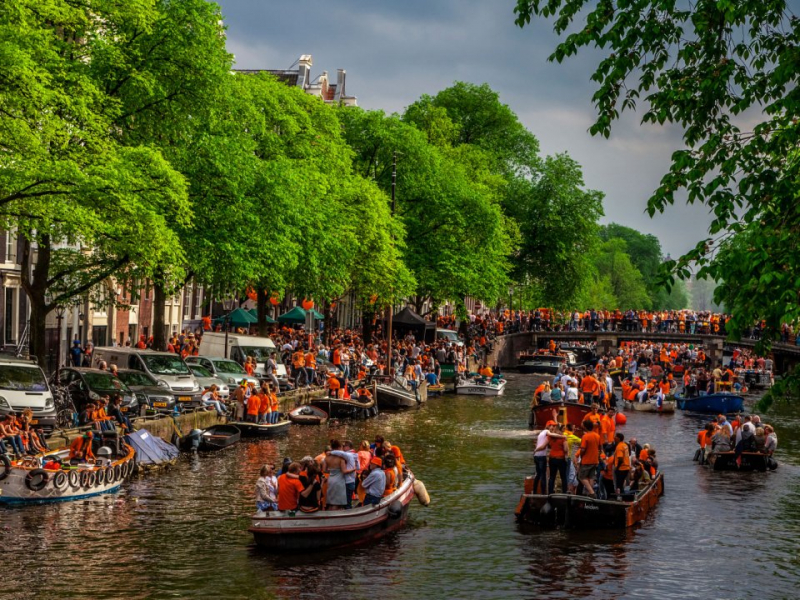
https://www.escapenormal.com/ -
Everyone has a child within them. The Dutch have a dish called hagelslag, which is extremely popular. Fully mature men and women eat hundreds and thousands of eggs for breakfast every everyday. They smear butter on their bread and then liberally sprinkle colorful sprinkles on top. The word 'hagelslag' literally means 'hailstorm.'
Hail, sweet and syrupy. Hagelslag is available in around 20 various flavors, including chocolate, forest fruits, and gingerbread. A highly specific sort of hagelslag known as'muisjes' ('mice') is used to commemorate the birth of a child. Muisjes are aniseed sprinkles that are pink if the baby is a girl and blue if the baby is a boy.
Parents who are overjoyed sit about and eat these sugar-coated pellets while chatting about how delighted they are. Each year, the Dutch consume over 14 million kilos of hagelslag, roughly equivalent to one hundred blue whales. Of course, they've created orange muisjes.
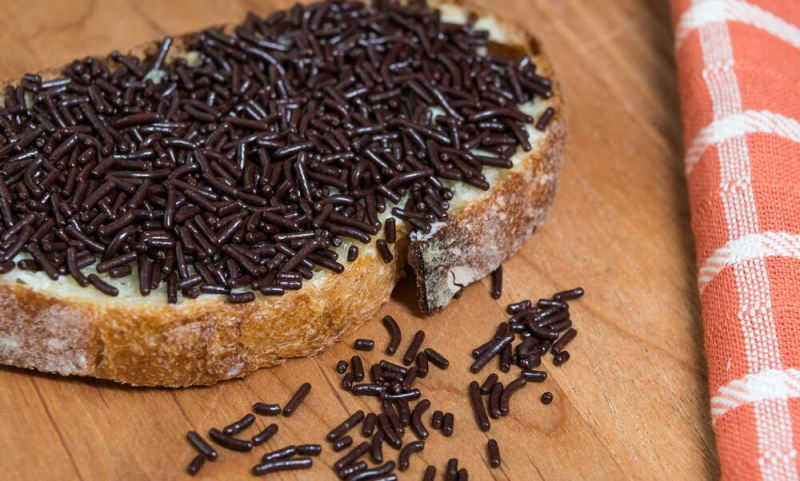
https://www.iamexpat.nl 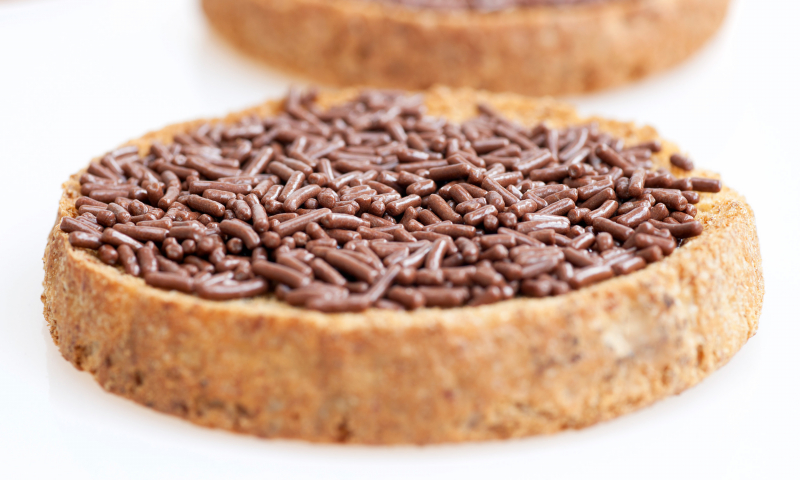
http://extra.cr -
In Amsterdam, canal tours are huge business, with a fleet of passenger boats ready to take you around the city. While many guests like these excursions, others find the multilingual commentary annoying.
There are other options, including the hop-on, hop-off boats that dock at a dozen strategic locations across the city; Lovers Canal Cruises is one of the top operators. There are also a few free passenger ferries that run from behind Centraal Station across the River Ij to the city's northern shore - and they're a fun ride.
Note:
- Tipping can be a little perplexing - or at least it isn't as simple as it is in other locations. Although most locals round up taxi and restaurant bills to the next whole euro, some clients will still tip 10% or 15% to demonstrate their appreciation. Some establishments charge a service fee, so you won't have to worry about leaving anything extra.
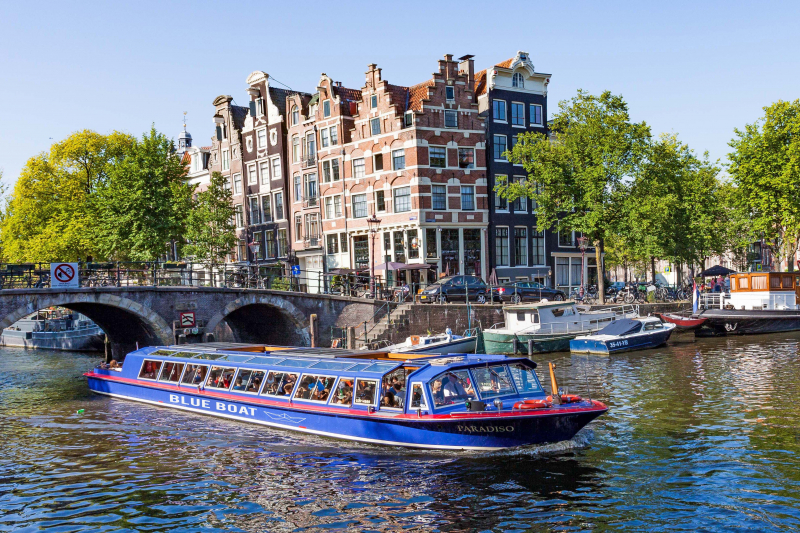
https://amsterdamcanalcruises.nl 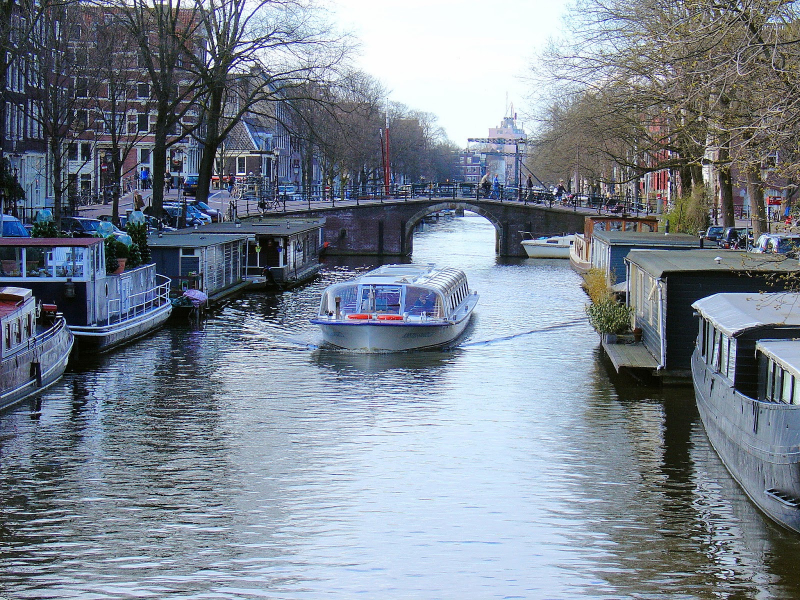
https://www.eurotravelogue.com













